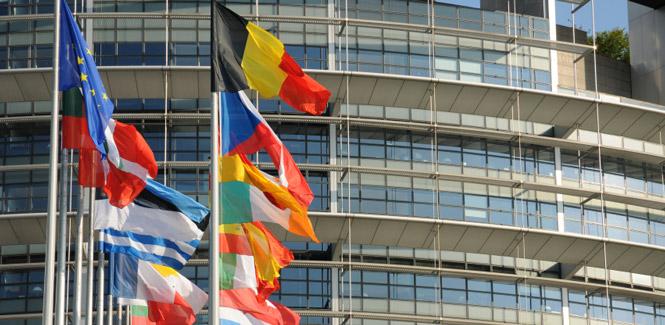
EU ETS: Business ambition and commitment is key to success
Jill Duggan, Senior Associate, Cambridge Institute for Sustainability Leadership
13 July 2015
The EU ETS has been around for 10 years and, like other emissions trading systems, has been plagued by an excess of allowances keeping prices low and reducing the incentives for business.
Yet Europe has decoupled its growth from its carbon emissions – the former up 19 per cent and the latter down 45 per cent over the period of the ETS. Is all of this down to the recession and downturn in production?
There have been many studies and much written about the impacts of climate policy on business but we wanted to hear some of this from the horses’ mouths – the real stories of what drives emissions reductions and why, despite low prices, European business does seem to be moving in the right direction.
Traditional economic theory is that the carbon price has a rational impact on company behaviour – both in operations and investment. My own experience in both government and industry pointed to something a little more complex – where the vision of the CEO or senior management can have a dramatic impact and where attitudes and behaviours can change over time, gaining momentum and credence along the way.
10 Years of Carbon Pricing in Europe – A Business Perspective commissioned by The Prince of Wales’s Corporate Leaders Group was an opportunity to get behind the analysis of the ETS and understand the action companies have taken to reduce their emissions.
The rational actor approach does fit well with the larger energy and oil and gas companies like Shell and EDF who have a pretty sophisticated approach to hedging and trading, and a clear desire for the carbon market to send strong signals on price and investment. So far so normal. But consider the responses of large iron and steel companies who point to the recession not just as a time of reduced production (and lower emissions), but a time where the struggle to remain in business meant seeking out efficiencies at a level previously inconceivable – with resulting emissions reductions.
For example, the cement company that uses CO2 as its global measure of efficiency and that believes its efforts to improve efficiency and reduce emissions made it MORE able to withstand competition from outside Europe, not LESS.
This report notes how far-sighted leaders have looked into the future, and recognised the need for their business to take action on carbon – to maintain or increase market share. These companies have changed the rules for investment – increasing pay back periods or setting aside funds for innovation – and have been rewarded by previously undreamed of efficiencies, creative new business models and a competitive advantage in reduced EU ETS liability.
Equally, new entrants have to be innovative and efficient to break into markets, and that creativity invariably goes hand in hand with lower carbon emissions – even when that is not necessarily the focus.
All this is good news. Companies who show leadership on carbon are moving from a compliance approach to carbon pricing, to deeper engagement and more innovative means of reducing emissions. They are being rewarded by a creative flair that is uncovering new ways of doing things which improves efficiency and reduces carbon liability.
This success is likely to be replicated by others and these ‘new’ business models will become business as usual. All good for the climate, but the adoption of forward-thinking, innovative approaches to operations will continue to put pressure on the carbon price – in a downwards direction.
There is much to learn from the adoption of carbon pricing, for instance how it can lead imaginative leaders to transform their companies into the creative powerhouses that reduce their CO2 emissions at the same time as they boost their profitability. In order to spread these benefits politicians in Europe need to be bold in their ambition to keep Europe on track for developing a low carbon economy and energy system, by moving forward with plans to revise the ETS.
Read the report: 10 years of Carbon Pricing in Europe – A business perspective.
Blog first published by The Carbon Pricing Leadership Coalition.





